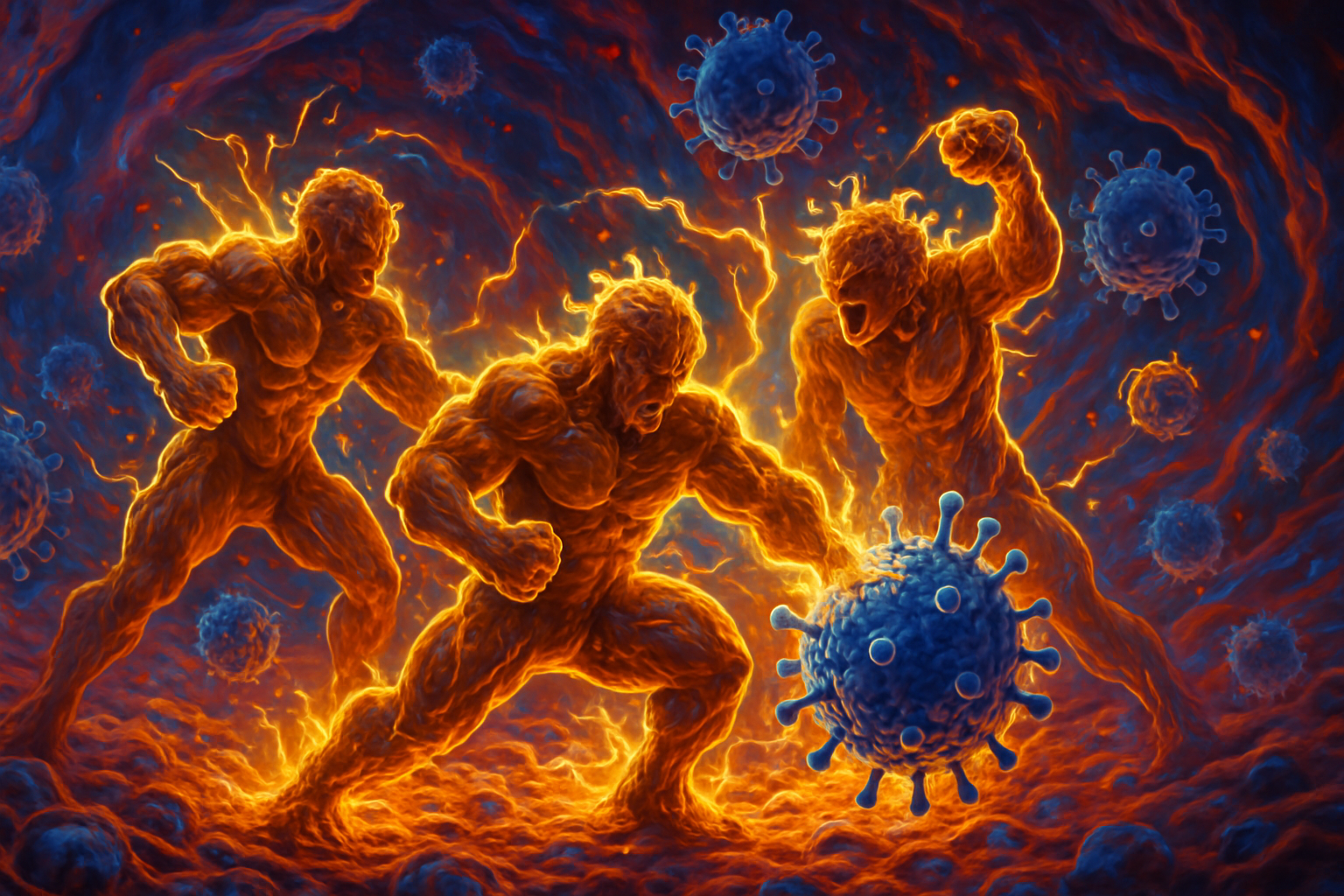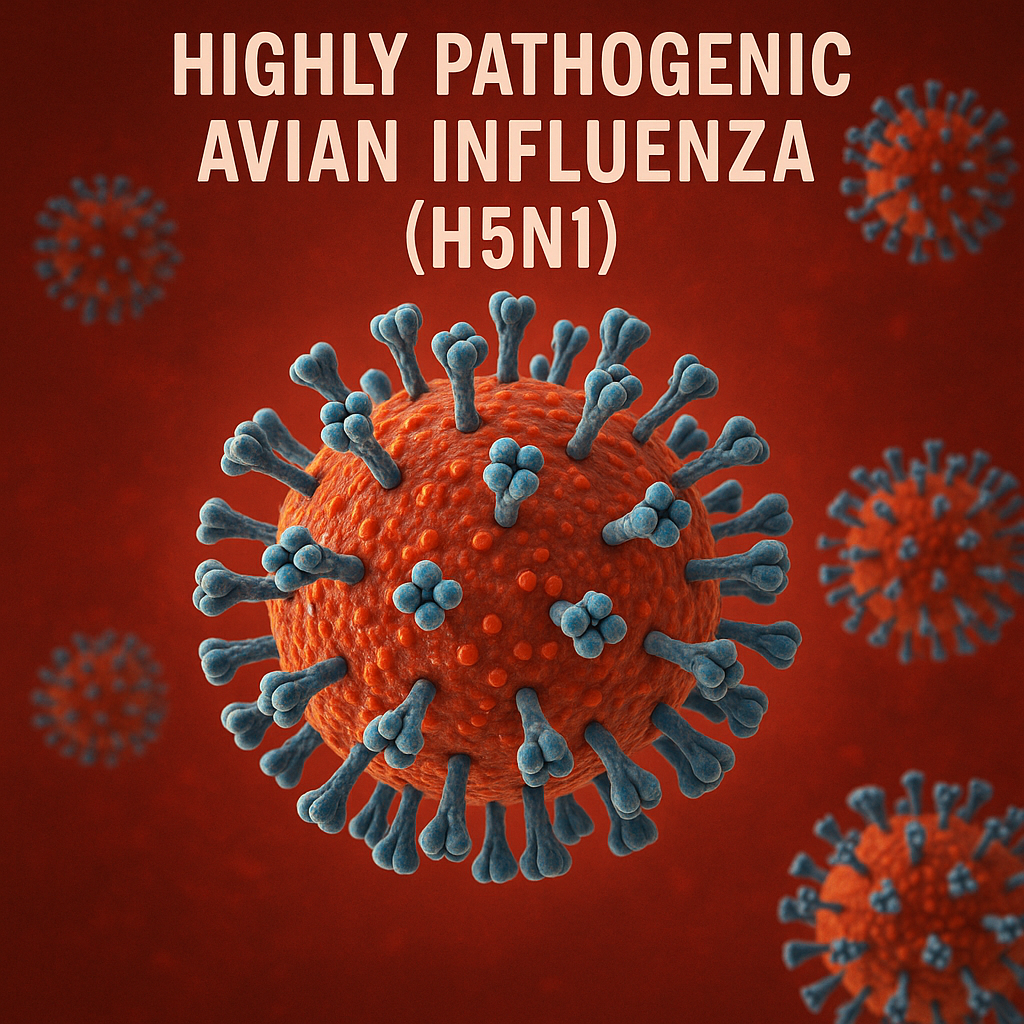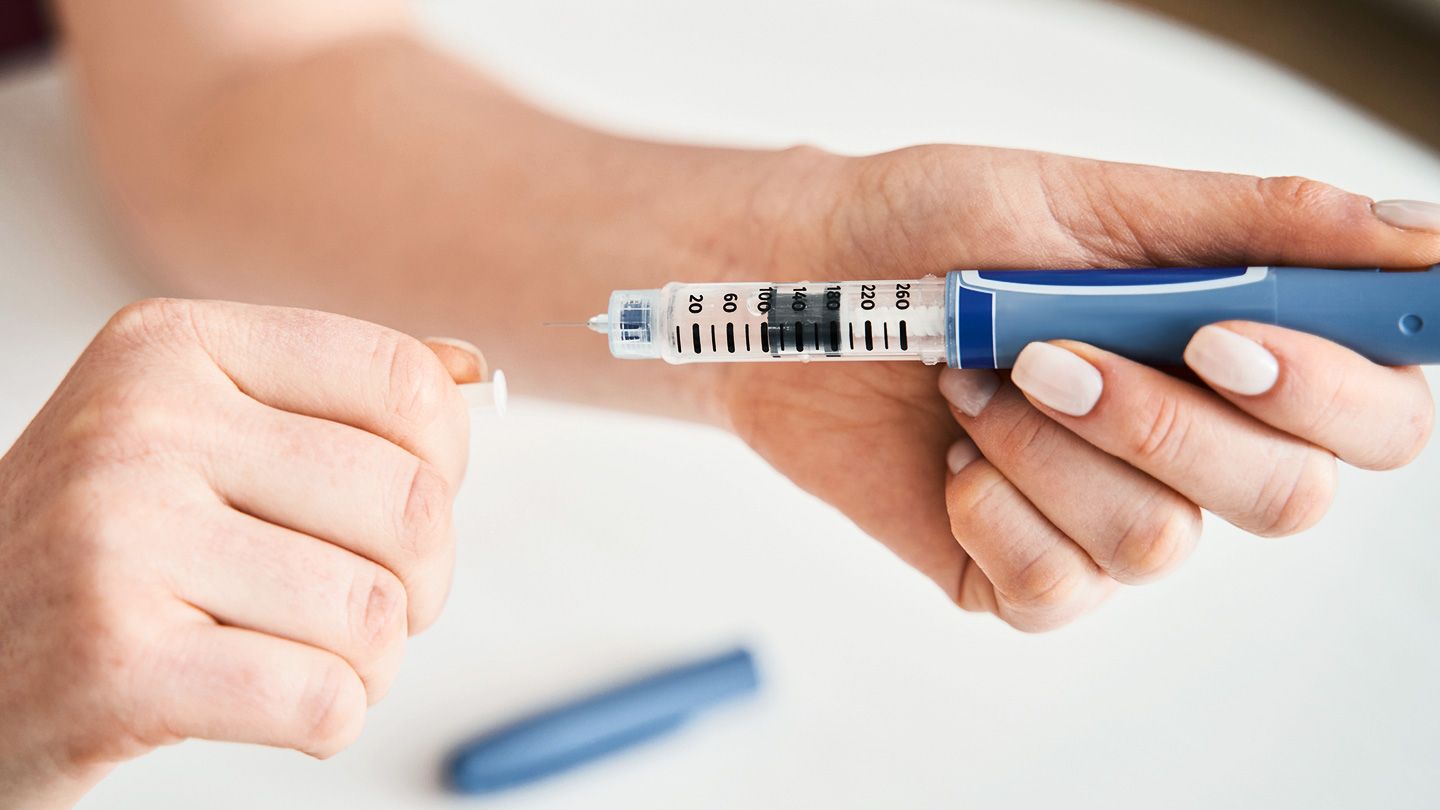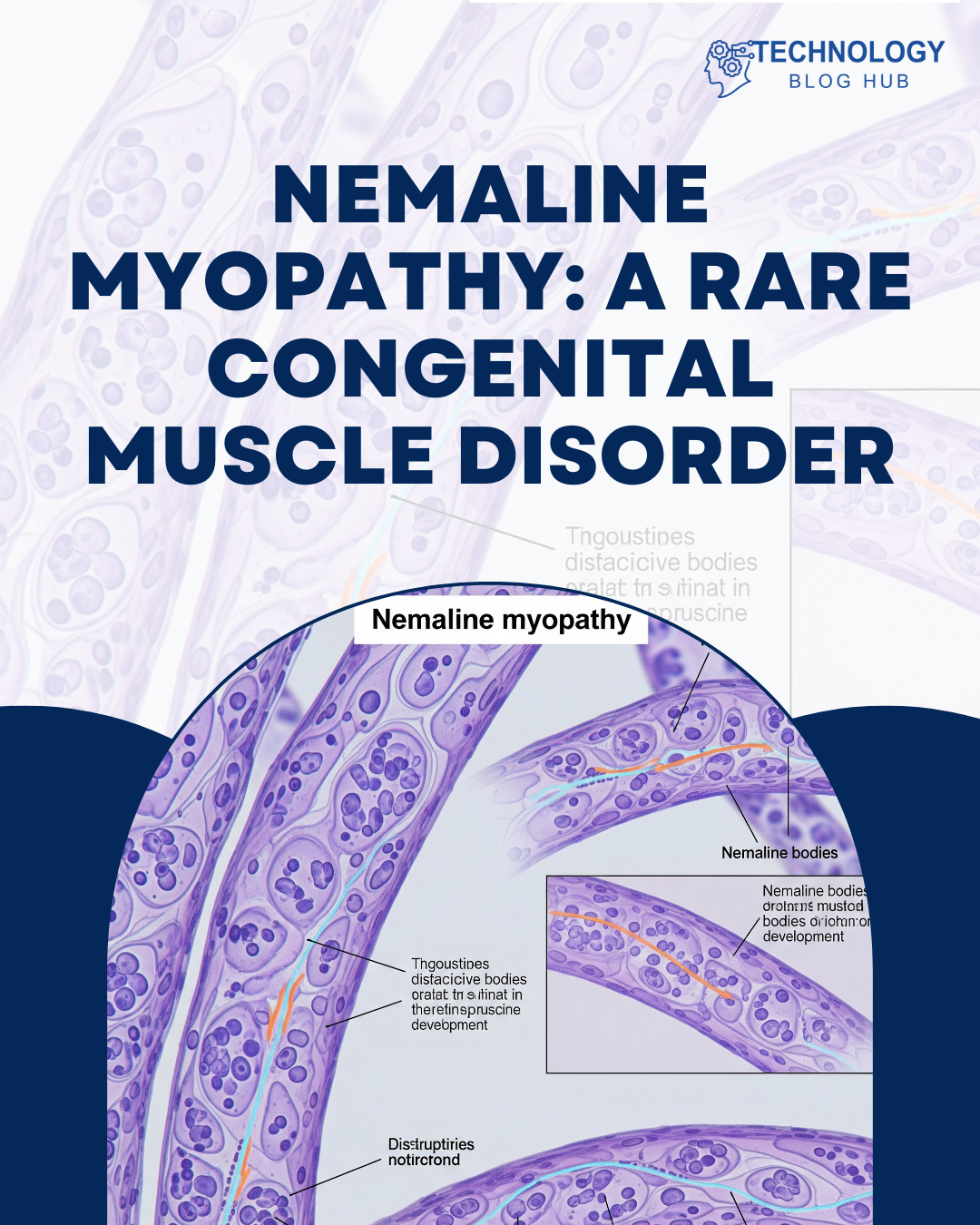
In an unprecedented step to protect one of the Earth’s oldest living creatures, scientists at Fakir Mohan University (FMU) and the Association for Biodiversity Conservation and Research (ABCR) are implementing an innovative conservation strategy in Balasore, Odisha. They are employing In-Vitro Fertilization (IVF) technology to help restore the population of horseshoe crabs, a species that has survived on Earth for over 445 million years but is now at risk due to human activities and environmental threats.
Horseshoe Crabs: Ancient “Living Fossils” in Crisis
Horseshoe crabs are often called “living fossils” due to their ancient lineage, which dates back hundreds of millions of years, predating even the dinosaurs. These marine arthropods are essential to coastal ecosystems and hold critical importance in medical science. Despite their resilience, horseshoe crabs are facing severe survival challenges from habitat loss, pollution, overharvesting for bait, and medical extraction.
A Novel Use of IVF for Conservation
Typically associated with mammals, IVF is now being adapted for use with horseshoe crabs. This unique approach involves extracting reproductive cells from injured and dying crabs. Scientists use a low-voltage electric shock, typically between six to nine volts, to induce the release of sperm and eggs from male and female horseshoe crabs. These reproductive cells are then combined in a laboratory setting to initiate fertilization.
The IVF process has achieved a remarkable success rate of 90-92%, which is significantly higher than the natural fertilization rate of 60-70%. This increased success rate means more viable embryos, contributing to the species’ recovery.
The IVF Process: From Fertilization to Release
Once fertilized, the eggs develop into larvae, and when the larvae mature and develop tails (a critical sign of readiness), they are released into the sea. This method aims to replenish the natural population, offering a controlled and safe environment for early development before the crabs face the challenges of their natural habitat.
The Importance of Horseshoe Crabs to Marine Ecosystems
Horseshoe crabs play a vital role in coastal ecosystems, primarily as a food source for various shorebirds and fish. Their eggs are a crucial nutritional resource for migratory birds like the red knot, which relies on horseshoe crab eggs to fuel their long migrations. Losing horseshoe crabs could disrupt this food web and lead to further declines in biodiversity.
In addition to their ecological role, horseshoe crabs are also critical to human health. Their blue blood contains a unique substance called Limulus Amebocyte Lysate (LAL), which is essential for detecting bacterial contamination in medical equipment, vaccines, and injectable drugs. This property has made them indispensable in the field of medicine, underscoring the importance of conserving their populations.
Challenges and Implications of the IVF Approach
While this pioneering use of IVF for horseshoe crabs is promising, there are challenges and considerations involved. Releasing juvenile crabs into the wild requires careful monitoring to ensure they adapt well and survive in their natural habitat. Additionally, while IVF technology is highly effective, it cannot replace broader conservation efforts such as habitat protection, regulating harvesting practices, and addressing climate change effects on coastal ecosystems.
The Future of Horseshoe Crab Conservation in India
This groundbreaking IVF initiative in India could set a precedent for other regions facing similar conservation challenges. By combining scientific innovation with traditional conservation measures, India is positioning itself as a leader in preserving ecologically and medically significant species.
Moving forward, scientists at FMU and ABCR are committed to expanding the use of IVF for horseshoe crabs while collaborating with environmental agencies, local communities, and policymakers to protect these marine arthropods. With continued research and support, this conservation approach may help secure a future where horseshoe crabs continue to thrive, fulfilling their ecological role and supporting human health.
The use of IVF to conserve horseshoe crabs in India is a remarkable example of how science and technology can address complex environmental challenges. By pioneering IVF for these ancient creatures, scientists are not only giving horseshoe crabs a better chance at survival but are also protecting a keystone species vital to coastal ecosystems and medical safety. This effort highlights the importance of innovative solutions in conservation and the need to balance human development with the preservation of Earth’s most vulnerable species.






